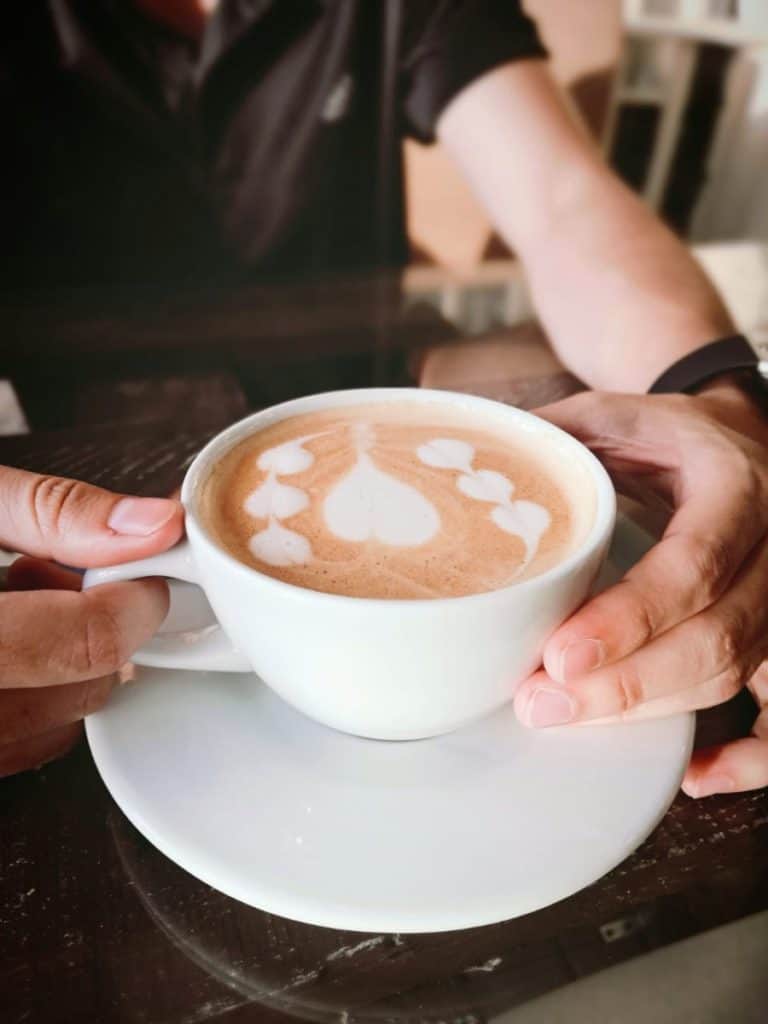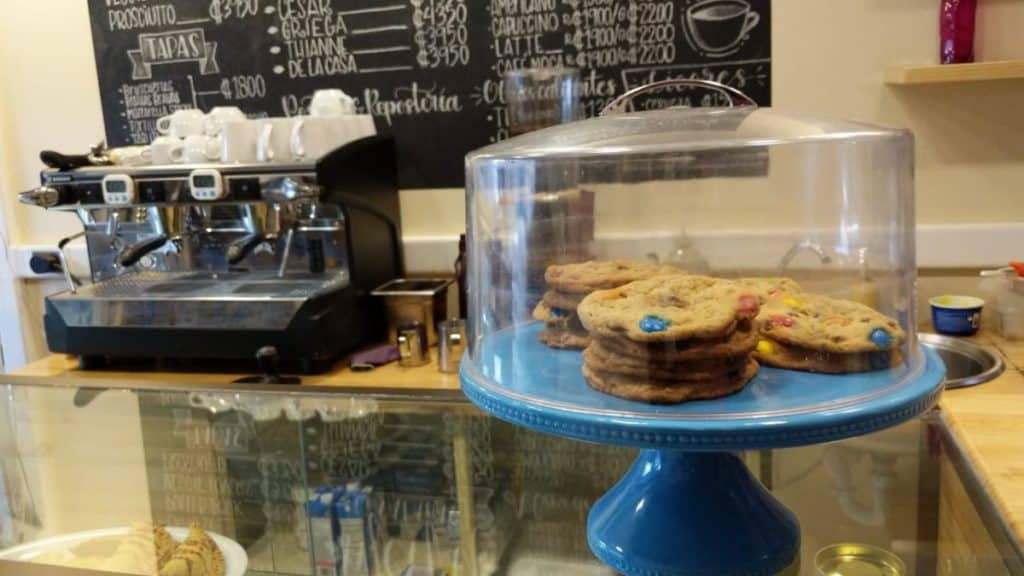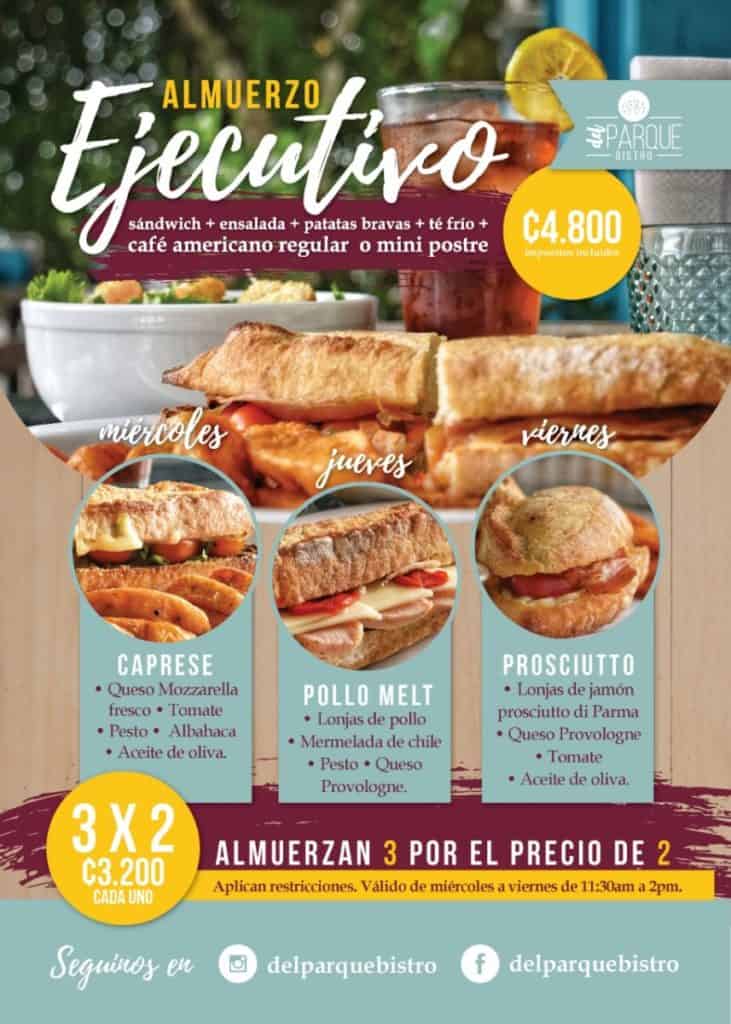
If you are not part of a big corporation or chain of coffee shops, you are probably like us. And if you are like us maybe you do not have a big budget but are pursuing to open your own coffee shop. Is it even possible to open up a coffee shop with a small pocket?
There are many options for coffee shops: brick and mortar, drive-thru, mobile, piggyback. For this article, we will refer to brick and mortar, which is the one we have experience on.
It is possible to open a coffee shop on a budget by following these steps:
- Have a clear concept and vision of your coffee shop
- Establish a list of needs based on concept, vision and expected traffic
- Source for used equipment but get 3 quotes per equipment
- Do what you can yourself
- Ask friends for help
- Determine milestones for investment
- Be careful, cheaper can sometimes be more expensive in the long run
So, when we refer to little money it depends on where you are located, if you need to do remodeling or not, how large your coffee shop will be, and so forth. But for practical reasons, let’s say little money means from as little as $15 000 and beyond.
Okay, so let’s get into more detail about each of these steps.
1. Have a clear concept and vision of your coffee shop

The first step is to determine the vision for your coffee shop.
- What is the concept you are aiming for?
- Where is it located?
- To what target audience is it directed?
Answering these questions will allow you to envision the type of furniture, equipment, and layout. And hence, it will allow you to determine what your needs for investment and expenses are.
For example, let’s say that the concept for your coffee shop is the following:
A place where families with kids can come together to enjoy great coffee and food.
In this example, the coffee shop is aiming towards families and specifically ones with kids. So what can this mean in terms of the layout and operation of the coffee shop?
It will probably imply having a kids area to play, fun food and drinks, and also games and drawing tools.
If kids have a space to play then parents can sit to chat, eat, and relax. But it can also imply that while parents are relaxing they may want to have a view of the playing area from where they are sitting down.
In terms of food and drinks, besides coffee, you will probably have a kids menu, a family menu, or options to share, as well as options directed to adults.
It may also mean that the coffee shop is not a small place so that it can hold a space for children to play, which in turn will probably mean more tables and chairs and hence more personnel to attend these customers.
On the contrary, let’s discuss another coffee shop concept:
A small place where people can come enjoy great coffee and food while relaxing and reading in a quiet atmosphere.
For this coffee shop, the atmosphere, layout, type of food, and drinks as well as personnel can be completely different. This place could be small, cozy, quiet. The chairs and tables could be separated so that the coffee shop does not feel crowded. It will probably be targeted toward working adults or students.
Hence, if it offers a quiet atmosphere to work it could have the risk of having people stay long hours with low consumption of products, therefore the amount of personnel and fixed costs should be low at the beginning at least to counteract probable low volume of sales. It will probably have a smaller menu and targeted toward individual adults, not towards groups of people.
Developing the concept may be easier for some people and harder for others. Something that helps is to go to other coffee shops and observe how the atmosphere feels, how customers and employees behave, what type of food and drinks are served. How are the colors, the furniture, the construction materials?
Also, search on the internet for pictures of coffee shops to get inspired, in Pinterest there is so much information.
Another critical aspect that will influence the concept for your coffee shop is the location. A large percentage of the customers that enter your coffee shop will probably be people passing by. It can be because of tourism but also because they live or work nearby.
Understanding what type and how many people transit by your coffee shop is highly important. This influences not only the type of food and drinks to offer, but also the type of service to provide (for example fast versus slow pace, counter versus table service) and the capacity needed in terms of coffee per hour to serve and employees needed.
Finally, if you can, work at a coffee shop before opening your own. This will give you so much information regarding the operation that will allow you to get a sense of what is needed in terms of equipment and personnel.
This is by far one of the best things you could do to have a laser focus development of your coffee shop concept. It is something we did not do, and we should have because it would have eased the way.
However, I would suggest writing your ideas at the very beginning of the conceptualization, and then adjust the concept after working at another coffee shop. Usually, your initial ideas are the best, and so it is important to write them down. And then, during or after working at a coffee shop you will refine them, make them better, and know what it takes to make them a reality.
2. Establish a list of needs based on concept, vision and expected traffic

So now that you have a clear vision, concept, and expected traffic it is time to research and determine what are your needs in terms of the number of chairs and tables, type of food, type and number of equipment, number of employees.
Doing this will avoid making unnecessary spending. Having clarity over your needs will help you have a laser focus on what is truly needed for your coffee shop.
For example, for our coffee shop, we determined that great quality coffee and food was part of our concept. However, we were definitely on a tight budget. We were studying possibilities for coffee machines and ran into two options: automatic machine given for free by a coffee supplier, in exchange for buying their coffee, and manual coffee machine.
For the first option, the coffee that we would be obliged to purchase was of medium quality and the machine was really easy to operate.
For the second option, a manual espresso machine, we would be independent in terms of what coffee we used, hence we could use high-quality coffee. But we had to invest in buying an expensive machine,m as well as training personnel.
Because we had established that high-quality food was part of our concept we decided to go with the option of a manual coffee machine. To reduce costs we bought one used. To reduce the training costs we hired an acquaintance that also had a coffee shop, and that charged less than average for training. Also, we started practicing ourselves to get better.
This route was probably tougher than the first one but true to our concept, and therefore we knew that in the long run, it would pay off.
The other important aspect mentioned is traffic. This will determine the capacity needed for a coffee machine, as well as the seating area and hence the number of chairs and tables needed. It will also determine storage capacity needed, whether it is dry, refrigerated, or frozen, as well as the amount of table wear.
Having an idea of traffic will avoid having to buy more equipment later on. For example, for a coffee machine, there are options for one, two, or three groups. With each group, you can make an espresso drink at a time.
Many coffee shops sell lots of milk-based coffee drinks, so having an extra group may not be what you need, as steaming milk will probably be what slows you down, aspect mentioned in the book “What I know about running coffee shops” by Harmond (2018). On the other hand, having just one group machine will limit your capacity on just one espresso at a time.
According to Harmon (2018), a three-group machine becomes useful at about 400 drinks a day and above. This is actually a really high number of coffee drinks to sell. Below that, Collin mentions, a two-group machine is just as productive.
So having an idea of traffic will allow you to make the best decision in terms of the capacity of the equipment you require.
The following are some basic coffee shop equipment suggestions for your coffee shop:
- A method for producing coffee drinks, in our case coffee machine
- A grinder
- A tamper
- A blender for other types of drinks
- Microwave
- Freezer
- Refrigerator
- An oven or toaster
- Computer or laptop
And also the following utensils
- Food storage bins
- Table wear
The following is some equipment you can purchase later if needed:
- Ice machine
- Dishwasher
3. Source for used equipment but get 3 quotes per equipment

So now that you have your list of equipment, if you are on a tight budget, search for used equipment. When doing this, do not settle for the first option you find. Try to compare, between various quotes, and then decide.
Also, be cautious when buying used equipment, for in the long run, it can be more expensive than buying new because of repairs and maintenance.
After sourcing for weeks we found a coffee machine, that was used for about one year. It was of a reliable brand: Rancilio. This brand had technical assistance in the country and spare parts were not so difficult to find. We asked a technician of the brand to assess the machine. In the end, we saved up to 50% of the cost of the machine and were left with a pretty decent one that was paid for in less than a year.
When asking for quotes, if you settle for the first one you find you may lose other opportunities. It is definitely a journey sourcing equipment, you will learn so much on the way. Remember to be careful about making sure that there are maintenance and spare parts available.
4. Do what you can yourself

You can start a coffee shop by hiring an interior designer, architect, chef, engineer, and so forth. This will definitely leave you at the end with a well designed rounded coffee shop. But maybe you just do not have the resources to hire all these services.
Try to envision what you can do yourself, and where your limits are.
Are you willing to learn about setting up a Facebook or Instagram account? Or would you rather hire someone else to do that for you?
Are you good at cooking or would you prefer to hire a chef to design your menu?
Be humble about your knowledge and experience, but also do not be afraid to leave your comfort zone and learn new things.
For us, we designed the menu ourselves, even though we were not chefs. We felt the menu was simple enough and were confident we could design it well.
On the other hand, we outsourced the setting up of the Facebook and Instagram page as well as the online marketing plan, for this was something that we did not feel could perform well or be knowledgeable about. Also, on a previous project, we had tried to design a logo ourselves and the end result was not good at all. So we were sure we needed help with this. matter as well.
So trying to do things yourself will definitely save you money, but also, the quality of the end result may not be the same as hiring some else that is a professional in the matter. In the end, it is a balance between your budget, quality expectations, and your own abilities.
5. Ask friends for help

Another way to save money is by asking friends for help. We had help from one cousin who is an architect, another who is a graphic designer, and another one who counseled us in terms of finances.
Friends or family can really help you out when starting a coffee shop. However, because the service is given for free, you can feel a little restrained about keeping up with time frames or asking too much to the person helping you out.
When you hire someone you feel like you can make some demands, which is not something you will feel comfortable doing so when the service is given as a favor.
Try to ask for help, and think of ways to give back. This will also save you tons of money.
6. Determine milestones for investment in your coffee shop
You do not need to invest all at once. You can determine investments by milestones.
For example, as mentioned before, a dishwasher and ice machine is something you may wish to buy later on when there has been some inflow of cash and you have knowledge about the needs of your operation. Purchasing it, later on, will give you a sense of its importance and capacity.
Also, tables and chairs. You can start with a lower number and understand how the inflow of customers is, how complex or simple the operation is, and then move on from there. The more tables and chairs you have, the more personnel will be needed to attend customers, so starting slow is a good way of scaling up in a secure manner.
You can also decide to launch products on a certain timeline. For example, we started without selling alcoholic drinks. It was something we envisioned after some months of operation, because of the license cost and the extra inventory needed. So we started basic and then added products further along the way.
7. Be careful, cheaper can sometimes be more expensive in the long run
Another mistake we made was buying furniture made out of used pallets. They looked really cool and were not that expensive. But after some months they started to wobble. This was a problem with customers. We ended having to substitute them little by little.
So have in mind that you need to spend as little as possible, but also think of the long run. I believe it would have to be less expensive to buy better quality furniture after one year because of a higher resistance of material.
Another experience we had is when remodeling. We used tiles for the floor because of the cost. But the result was an uneven floor that also made the tables wobble. This is another thing that was more expensive in the long run.
On the other hand, we invested in really nice windows. This in the long run was a signature for our place, became a favorite for photographers, and made it possible for the place to feel like an extension of a park that was in front. This in turn was really favorable for the business and embodied the envisioned concept.

So when on a budget, try to spend as little as possible but also have a vision for the future in mind, for on the long run, cheap can be expensive.
Final thoughts
A very important aspect when having little money is that you must be prepared to have money to run the cafe for at least a year without making a profit.
I believe this is one of the top reasons why coffee shop fails, they do not have money to operate it before they break even.
Making money will not happen on the first day of opening your coffee shop. But with effort and a clear vision, you will start to see sustained growth over time. It is highly important to set aside money for transitioning through this time.
References
Harmon, Colin. What I know about running coffee shops (2018).
